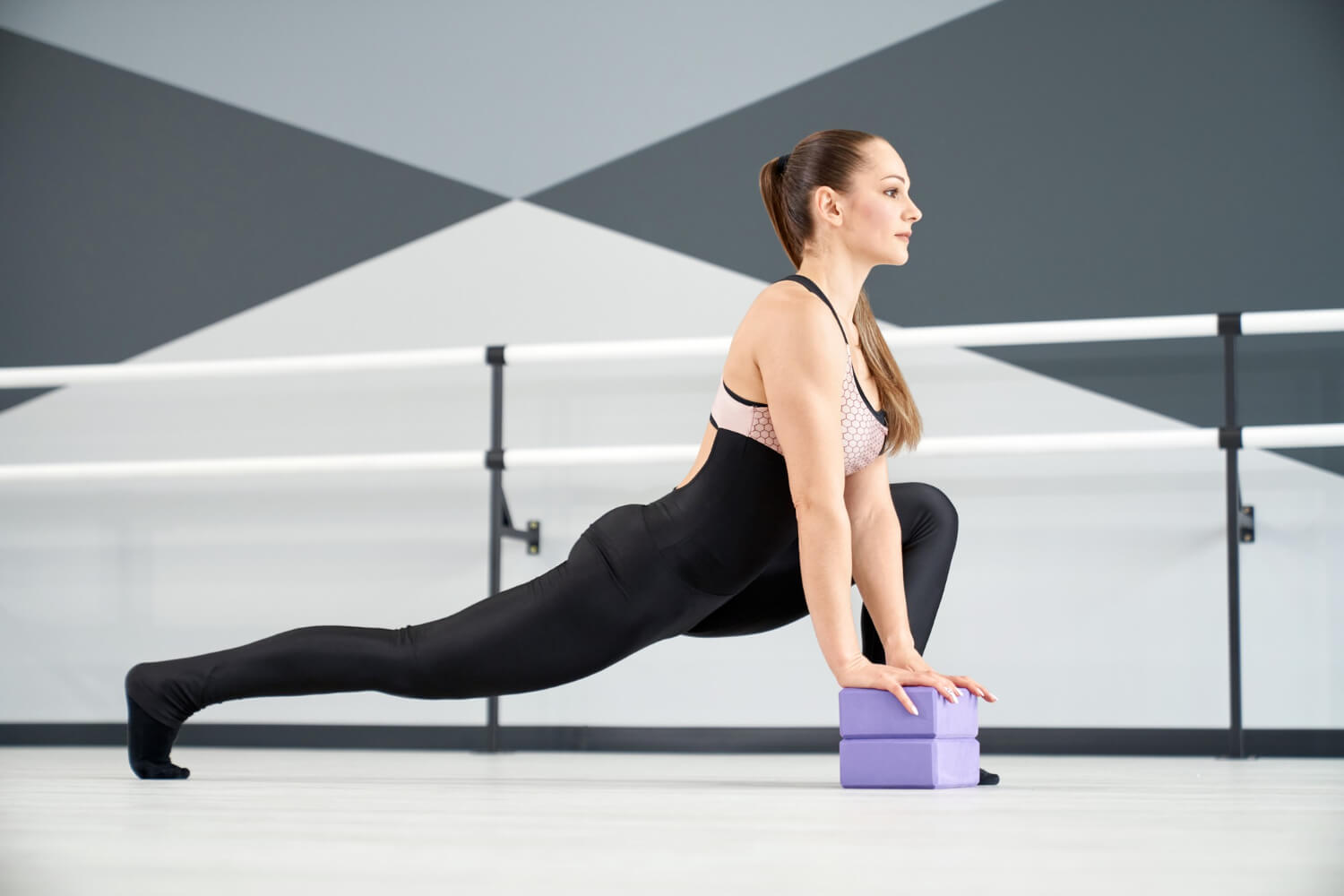Yoga blocks are versatile props that can elevate your practice, whether you’re a beginner or an advanced yogi. Made from foam, these blocks offer support, stability, and aid in achieving proper alignment. Let’s delve into the world of yoga blocks, exploring what they are, their benefits, and five ways to incorporate them into your routine.
What is a Yoga Block?
A yoga block is a rectangular prop typically made of foam, also known as yoga foam bricks or yoga exercise blocks, designed to support and enhance your yoga practice. It provides stability and helps maintain proper alignment during poses, making it an invaluable tool for practitioners of all levels.
Benefits of Yoga Blocks
Yoga blocks offer a myriad of benefits. They provide support for those with limited flexibility, allowing them to ease into poses gradually. Additionally, blocks can deepen stretches, improve posture, and help maintain balance, making them an essential accessory for a well-rounded practice.
What are Yoga Blocks Made Of?
Most yoga blocks are made from foam, specifically two types of foam, one being a robust polyurethane foam known as ‘chipped foam’ or ‘reconstituted foam’, and another being a rigid closed-cell polyethylene foam which is lightweight yet sturdy. These foam materials provide the perfect balance between firmness and comfort. They ensure durability while being easy to handle, making them ideal for a wide range of yoga poses and exercises.
Who Should Use Yoga Blocks?
Yoga blocks are not limited to any specific skill level. Whether you’re a beginner working on flexibility or an advanced practitioner refining challenging poses, yoga blocks can be tailored to your needs. They are particularly beneficial for those recovering from injuries, as they provide additional support and reduce strain.
5 Ways to Use Yoga Blocks for Exercises
- Alignment Assistance: Use blocks to maintain proper alignment in standing poses like Triangle or Warrior II.
- Supported Backbends: Place a block under your shoulder blades for support during backbends, allowing you to deepen the stretch without compromising form.
- Lunges and Squats: Incorporate blocks into lunges and squats to improve stability and encourage proper form.
- Seated Poses: Elevate your hips with blocks in seated poses, promoting a comfortable and aligned posture.
- Arm Balances: Build strength and confidence in arm balances by using blocks to gradually progress into challenging poses like Crow or Side Plank.
In conclusion, yoga blocks are valuable tools that enhance your practice in numerous ways. Whether you’re a beginner looking for support or an advanced yogi seeking to refine your poses, incorporating yoga blocks into your routine can take your practice to new heights. Embrace the versatility of yoga foam blocks and yoga foam bricks to unlock the full potential of your yoga journey.




